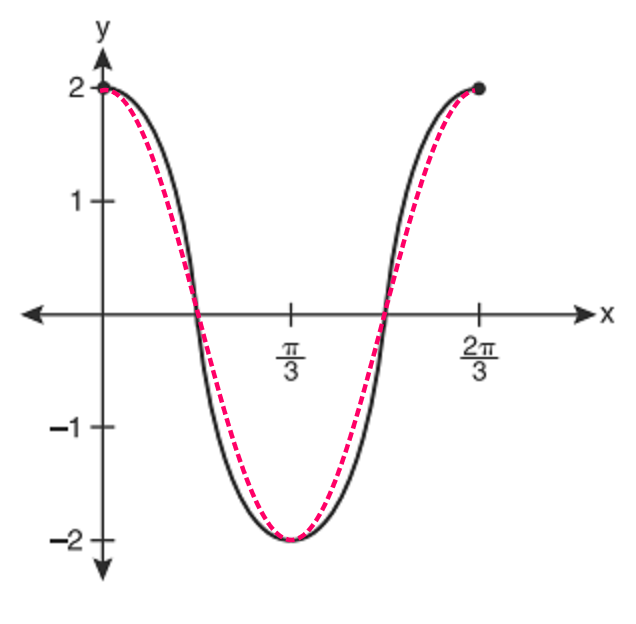Pre liminary applications for the 2013 Rosenthal Prize for Innovation in Math Teaching are due Friday, May 10th.
liminary applications for the 2013 Rosenthal Prize for Innovation in Math Teaching are due Friday, May 10th.
The Rosenthal Prize, presented by the Museum of Mathematics, is designed to celebrate and promote the development and sharing of creative, engaging, replicable math lessons. The author of the winning activity receives $25,000, and the lesson will be freely shared with teachers around the world by the Museum of Mathematics.
Although May 10th is fast approaching, this first deadline is just a preliminary one. If the application process is anything like last year’s, all that is required at this early stage are a few short essays about teaching philosophy and the overviews of the lessons you intend to submit in the fall. If an applicant passes through the preliminary stage, a more comprehensive application portfolio will likely be due in the fall of 2013. Again, this assumes the process is similar to last year’s.
If you’ve got some fun, engaging, and replicable math lessons to share with the world, consider applying for the Rosenthal Prize! More information can be found here.




